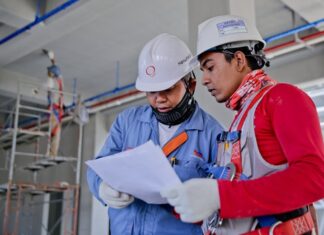There are a number of challenges that come with trying to analyze chest X-Rays. One of the main challenges is the nature of the image itself. It requires, on average, 7-10 years of training to prepare a qualified and professional radiologist. And even then, it is far from easy to identify abnormalities. Additionally, X-Rays are often taken from different angles, which can also make it difficult to keep the accuracy of work as high as possible. Hence, more and more medical establishments and professionals are leaning towards AI chest X-ray solutions to help them out.
How is AI employed to analyze chest X-ray images?
AI tools in radiology are primarily used for three main objectives – identity (but not diagnose) abnormalities, pass through images without any abnormalities and generate much of the reports on the latter type of images.
ChestLink is a great example. As a top-level artificial intelligence tool, ChestLink employs a Convolutional Neural Network (CNN), which has been pre-trained on a large number of chest X-Ray images from databases.
The CNN can be fine-tuned according to the specific needs of a medical establishment or individual doctor. Once it is up and running, the CNN can quickly analyze an image uploaded to it and deem it to have no abnormalities and generate an automated report or pass it to human experts if abnormalities are present.
Stats on radiology show that a human expert can only analyze a small number of images in a day – usually less than 25.
ChestLink and similar AI tools can analyze a great number of images in a much shorter time frame with a very high accuracy rate. This helps reduce the backlog and improve patient care. And since around 80% of chest X-Rays will show no abnormalities, having an automated tool increases productivity by a whole lot.










